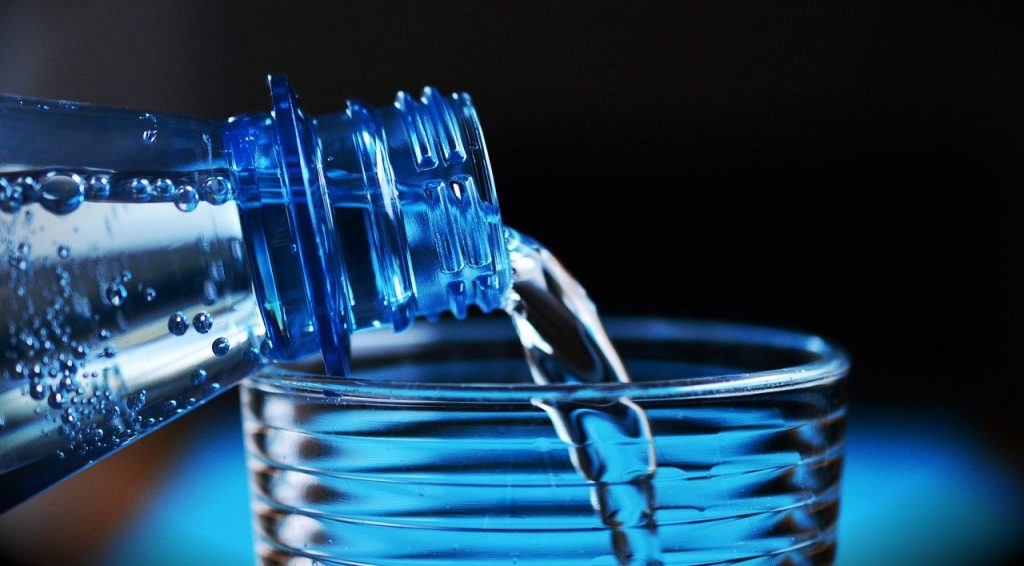I think you’ll agree that drinking water has different tastes. And I’m not just talking about the difference between drinking water when you’re full versus drinking water when you feel thirsty. For many of us, a drink from one bottled water brand will taste different from another bottled water brand.
The reason for this is because of how much minerals are dissolved in your water. Depending on how sensitive your taste buds are, you may be able to taste these minerals when you drink. This is why there’s such a different flavor profile between purified water versus spring water versus distilled water and many other bottled water products in the market.
It’s even more unnerving when you’re going abroad and you may not find the bottled water brands you trust. So, if you’re traveling abroad and may not have access to your primary source of water or your usual bottled water brand, here’s what you need to know about buying safe and clean drinking water.
Different Types of Water
You’ll find plenty of bottled water brands in your local supermarket and convenience store. But chances are you’ve never really paid attention to the different types of water present. Here’s a run-down of the types of bottled water.
Spring Water / Mineral Water
True to its name spring water comes from underground formations where water flows naturally to the surface. Spring water is collected either from a natural spring or a man-made one created by boring a hole to reach an underground formation. The water is then treated, bottled, and sold – though this is regulated by the FDA.
Spring water contains minerals naturally found in these formations like magnesium and calcium, which can be good for your body. Because they come from natural underground sources, they should be clean and free of toxins compared to other surface water sources.
However, because of its source, it is more difficult to produce and is slightly more expensive. Also, depending on which water brand you choose, the amount of minerals in one bottle can be very negligible and something you could get from a balanced diet.
Purified Water
Purified water can come from either spring water like mineral water, groundwater, or even tap water. The difference between purified water vs. spring water is that purified water can come from any source because it is treated to the point that there is nothing left and you just have pure water.
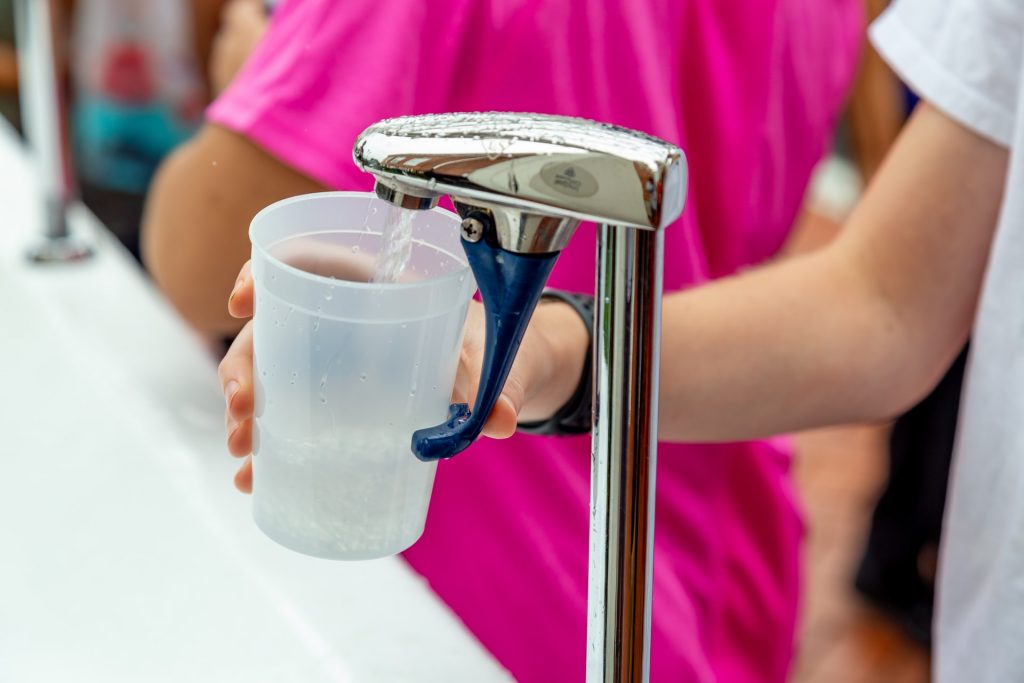
This is good because the process gets rid of harmful bacteria commonly found in water. But the disadvantage of purified water is that its treatment also gets rid of good minerals that can help your body.
Distilled Water
Contrary to popular belief, distilled water is different from purified water. Distilled water is boiled until it turns into steam that is then collected and condensed back into a liquid. It’s the easiest way to create drinking water (and can even be done at home simply by boiling water), which makes it cheaper. However, there are no benefits to it as there are no minerals from distilled water.
Sparkling Water
Sparkling water is water (usually mineral water) infused with carbon dioxide and pressurized. Compared to flat water (a.k.a. any other type of water), sparkling water has a fizzy feel in your mouth. Think of it as drinking soda, but without the sugars and artificial preservatives.
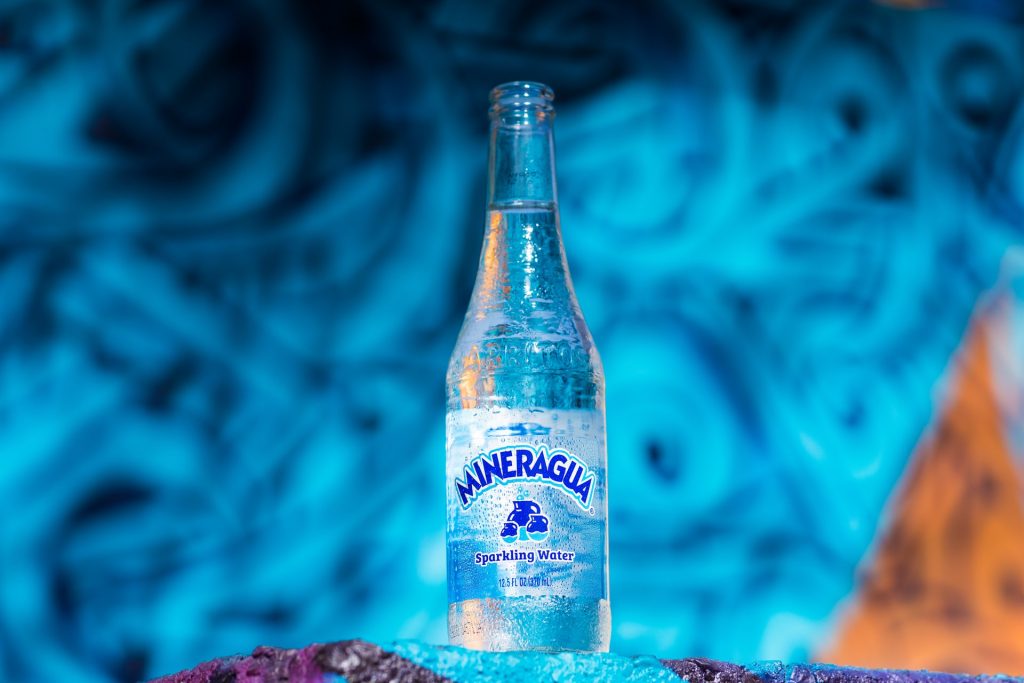
Because of the carbon dioxide, the pressurizing, and the packaging (fizzy water is usually bought in glass bottles or hard plastic bottles), sparkling water is much more expensive than average flat water. And just like mineral water, some brands process mineral water to the point that it barely helps you get enough minerals to stay healthy.
Alkaline Water
Alkaline water has higher pH levels than normal tap water and most types of bottled water. This means it has alkaline minerals and negative oxidation reduction potential. This should help neutralize the acid in your body and block free radicals. By drinking this, it’s believed that you can slow down the aging process and prevent diseases like cancer.
The negative thing about alkaline water is that it can neutralize acidity in your body. Too much acidity is bad, but if you’re lowering your body’s acidity beyond the normal limits, you could be damaging the acidity that would normally kill off harmful bacteria.
Traveling Abroad and Can’t Find Your Usual Bottled Water?
If you’re travelling and you don’t feel comfortable drinking tap water, there are various ways to ensure you’re getting clean drinking water even if you don’t see the bottled water you’re used to drinking.
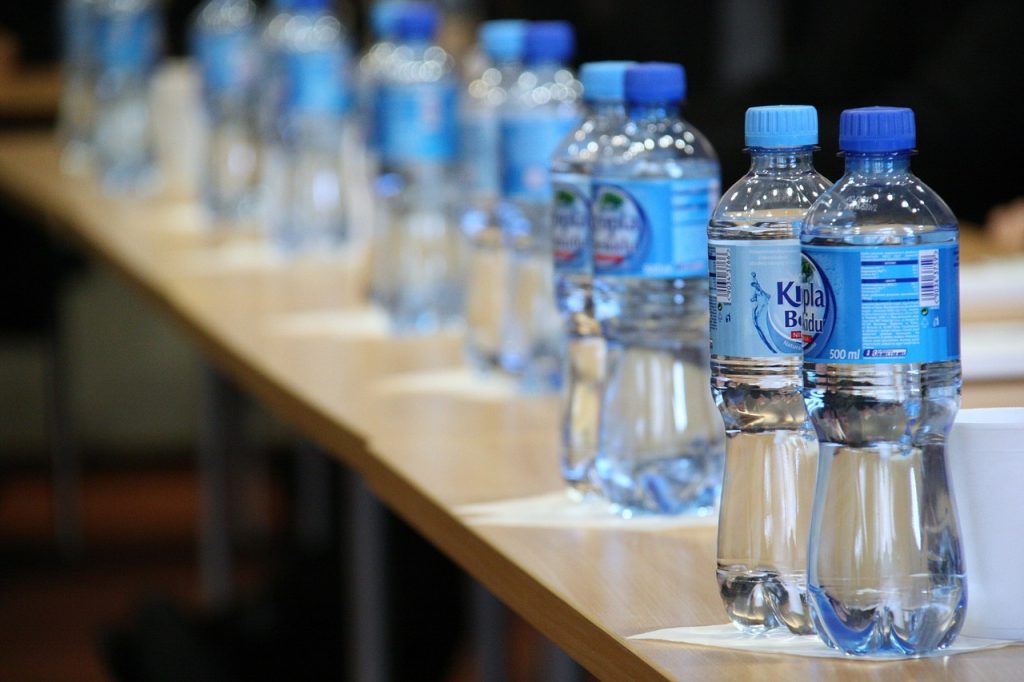
Remember Your Preferred Bottle Water Type
It’s highly likely that bottled water sold in any country are safe to drink. But knowing that water tastes different and you’re uncertain about the water brands in that area, there are ways to test it out.
First, you should already know what kind of water you prefer. Mineral water is bound to have a bit of a taste because of its dissolved minerals, while purified water is more likely to feel softer and have less of a taste. Take note of what type of water you prefer, so that you know which type to look for when you travel.
Bring a Filtration Bottle
For those who want to avoid buying bottled water abroad (or in case you might be travelling somewhere where buying bottled water may not be an option), consider bringing your own filtration bottle. These bottles remove the bacteria, parasites, and other impurities in water, allowing you to drink tap water safely. It can be an added thing to bring on your trip, but if you’re planning to go somewhere remote, this could come in handy.
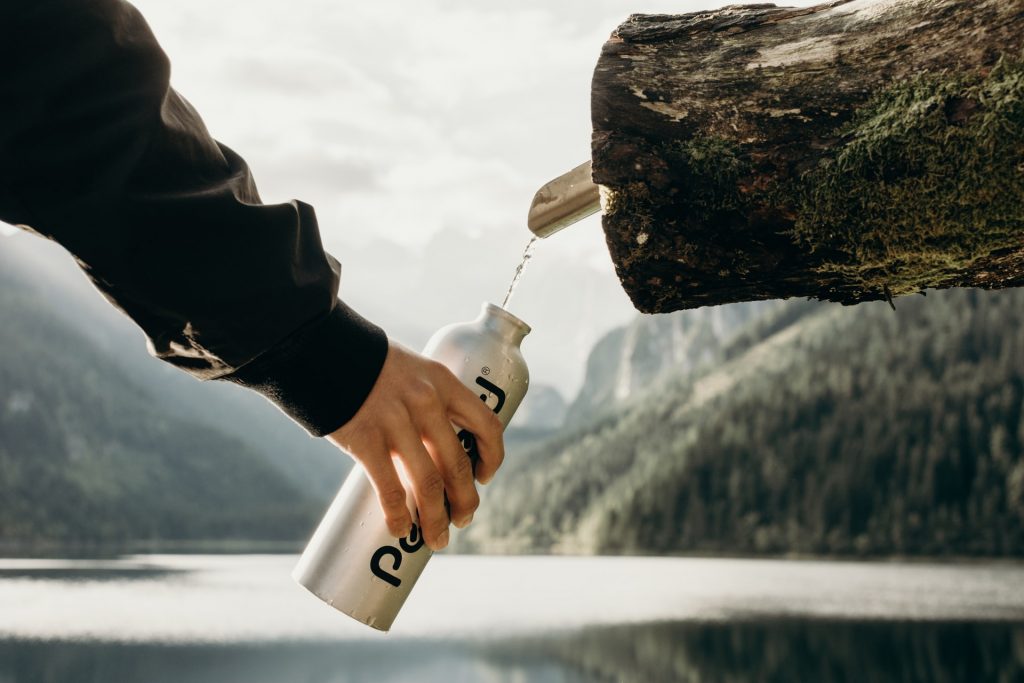
I’ve heard about travelers Mike and Anne Howard, a couple who run the blog HoneyTrek. They talked about how they managed to travel around the world for over 2,000 days without buying any bottled water in an effort to keep their no-plastic pact. Their solution? Water filtration and purification tools.
Ask Your Hotel
Hotels, restaurants, and other establishments within the hospitality industry will obviously have water that is safe to drink. A good idea is to bring a reusable water bottle and ask them to refill it. Service water is often free, so there’s a good chance they’ll have it refilled at no cost.
Bring a Portable UV Light Device
Given the new normal, having a portable UV light device can be great for disinfecting on the go. A UV light device can kill bacteria and viruses. This may be a bit more difficult and time-consuming especially for larger bottles.
Just remember that bottled water can have different tastes, but for the most part they should be safe to drink. As long as you’re buying bottled water from a legitimate store or seller, then there shouldn’t be any reason to doubt the cleanliness of the water you’re buying.
But if you’re still uncertain, the best thing you can do is bring a water filter bottle or any filtration device when you travel. It helps ensure you’re drinking clean water while also reducing the number of plastic water bottles that end up in landfills all around the world.

